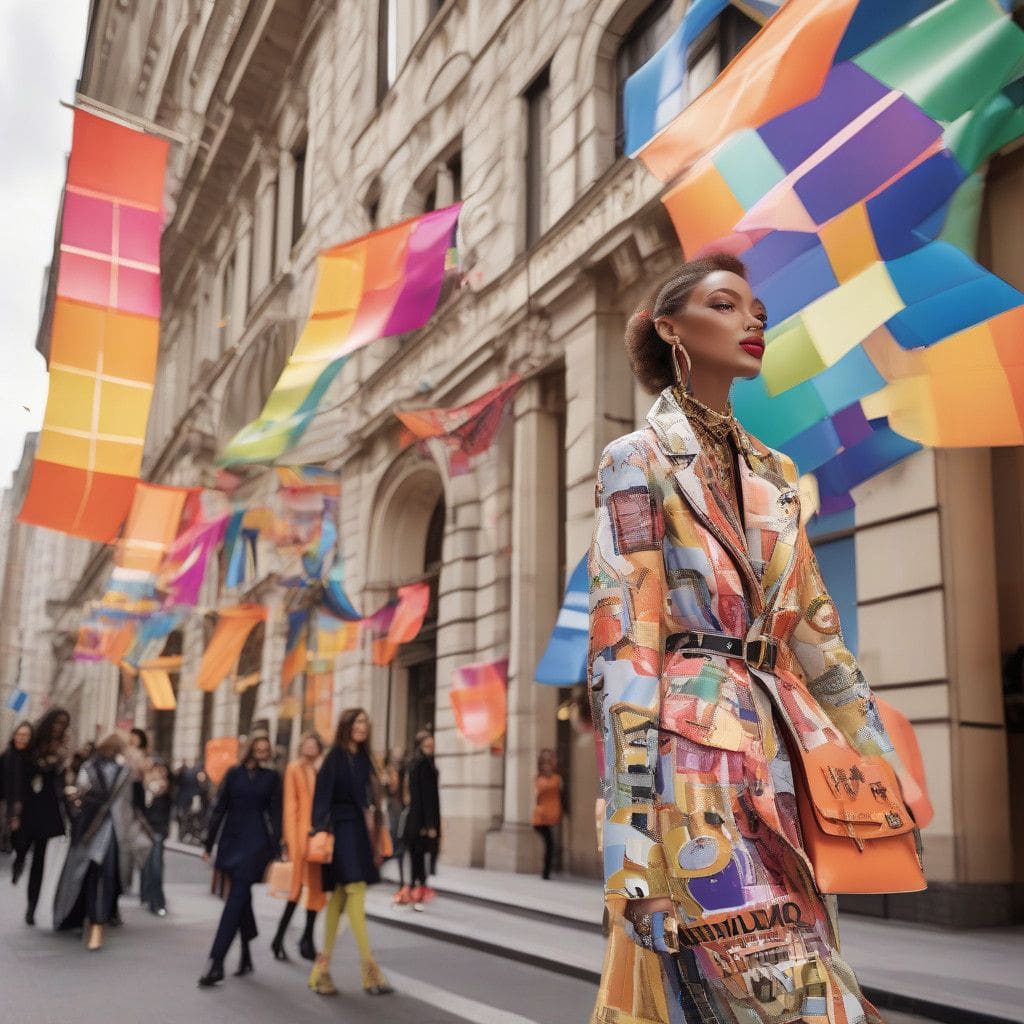Recent fashion weeks in London, Milan, and Paris have exposed pivotal trends and challenges in the luxury fashion sector. With an industry grappling with a slowdown, significant shifts in consumer sentiment are evident and demand examination. Insights from various industry leaders lay bare the stark realities that the luxury sector now faces, questioning whether we are witnessing a cyclical downturn or a deeper, structural transformation.
One industry veteran remarked that in his four decades of experience, he had never encountered a simultaneous downturn in consumer sentiment across all major markets. This raises serious concerns about the fundamental business model of luxury fashion. In multiple discussions, it became apparent that rising costs alongside a perceived decline in product quality have severely dented the allure of premium brands. These brands are now at a crossroads, needing to rethink their value propositions in an increasingly skeptical market.
A significant area of scrutiny revolves around ethical sourcing and sustainability. Just before Milan Fashion Week, reports surfaced detailing a government investigation into the supply chains of multiple luxury brands, including giants such as Armani and Dior. These brands, once untouchable in the eyes of consumers, are now being checked for compliance with labor standards amid claims that profitability has overshadowed worker welfare. An executive noted, “It could happen to any of us,” emphasizing the precarious nature of oversight in outsourced supply chains. This sentiment highlights an urgent call for accountability that luxury brands can no longer afford to ignore.
These ethical considerations are now entering the consumer consciousness, amplified through social media scrutiny. As consumers become more demanding about transparency, luxury brands must adhere to their own promises of quality and ethical labor practices. A product certificate from Dior, stating that goods are manufactured with rigorous quality standards, serves as a stark reminder that words must be matched by actions—or face the consequences of a distrusting public.
The decline of the Chinese market, a critical area for luxury sales, has compounded the challenges facing luxury brands. Reports indicate that many brands are experiencing revenue declines of 30 to 40 percent as consumer confidence wanes due to a struggling economy and real estate crisis. This economic strain has forced Chinese consumers to pivot towards lower-cost alternatives, further complicating luxury brands’ recovery strategies. Global luxury players will be watching closely as LVMH reports its third-quarter results, with investors hoping for minimal or flat growth—an indication of the sector’s potential for stabilization.
The bellwether of extravagance that typically accompanies Fashion Month was noticeably muted this time around. The glamorous dinners and lavish parties that usually saturate the event atmosphere were fewer, reflecting the industry’s pivot to budget consciousness. Designers adjusted their runway spectacles, with some fashion shows embracing more straightforward presentations rather than elaborate productions. For instance, Louis Vuitton’s show featured a runway craftily made from 1,000 trunks rather than an elaborate set design, emphasizing the brand’s heritage while trimming unnecessary expenses.
Moreover, a notable aesthetic shift is occurring in women’s fashion trends. The previous season’s quiet luxury, characterized by understated tones and minimalist styles, appears to be waning. Designers who embraced maximalism, including Valentino and Bottega Veneta, reported a resurgence in consumer interest in vibrant colors and expressive designs. The evolving consumer palette seems geared towards items that inject excitement into wardrobes filled with basic staples. Retailers have pointed out that women’s closets are now rich in neutrals such as navy and beige, leading to heightened demand for new, dynamic styles that stand out.
On the men’s side, however, the quiet luxury trend remains robust, with brands focused on classic, quality offerings continuing to thrive. This distinction raises questions about differentiated marketing strategies for different demographics, highlighting a potential area for growth as brands recalibrate offerings to meet diverse consumer needs.
Furthermore, the merger of major retail players like Saks Fifth Avenue and Neiman Marcus signifies a critical shift in the purchasing power landscape. As these entities consolidate their powers, they are positioned to exert more significant influence on luxury brands, which may need to reconsider their wholesale strategies. Retailers are emphasizing a more curated buying process moving forward, focusing less on discounting and more on enhancing the in-store luxury experience to reassure high-end brands of their viability.
In conclusion, Fashion Month has brought to light pressing concerns and opportunities for growth within the luxury sector. The pressing need to address ethical supply chains, navigate changing consumer sentiments, and exercise fresh marketing strategies is paramount. The time has come for luxury brands to refresh their approaches, ensuring they are equipped to weather ongoing shifts and thrive in a challenging environment.












